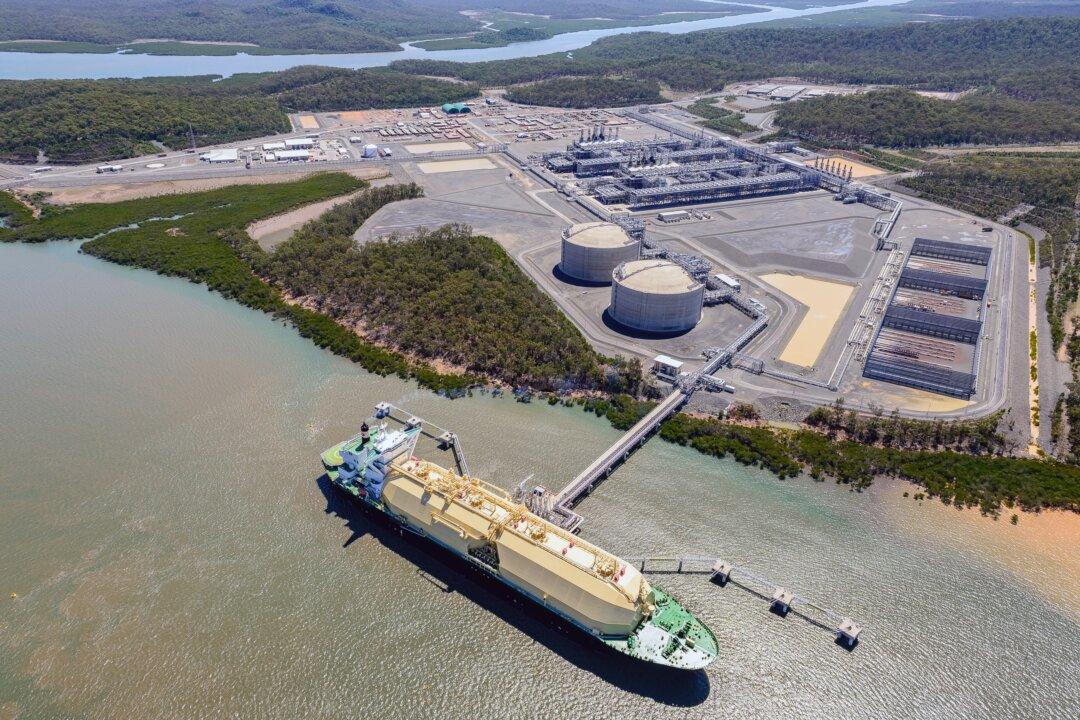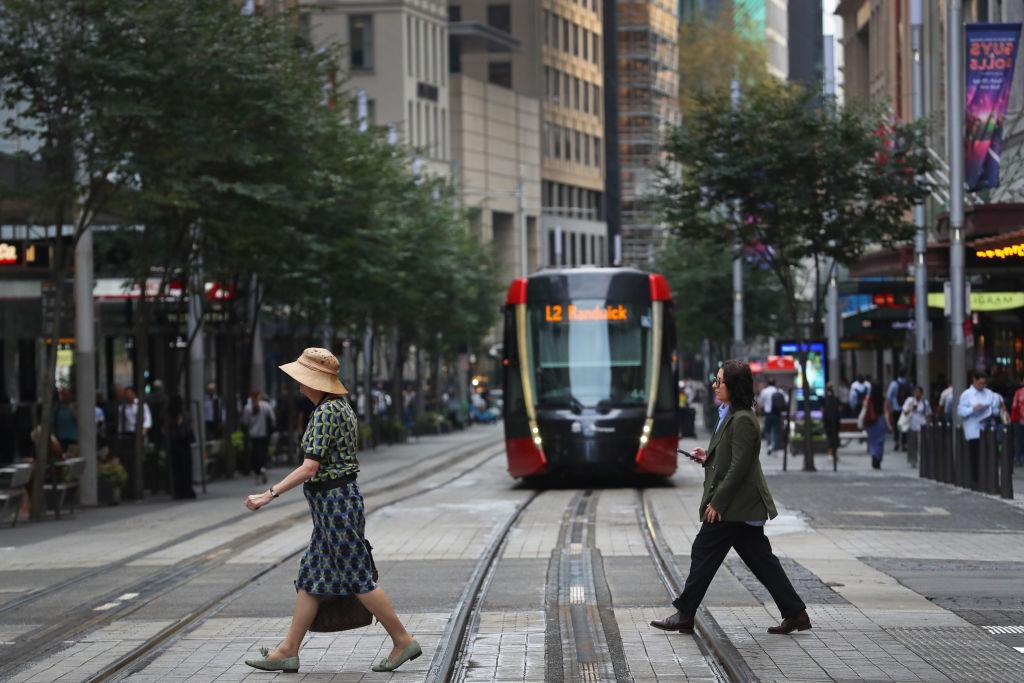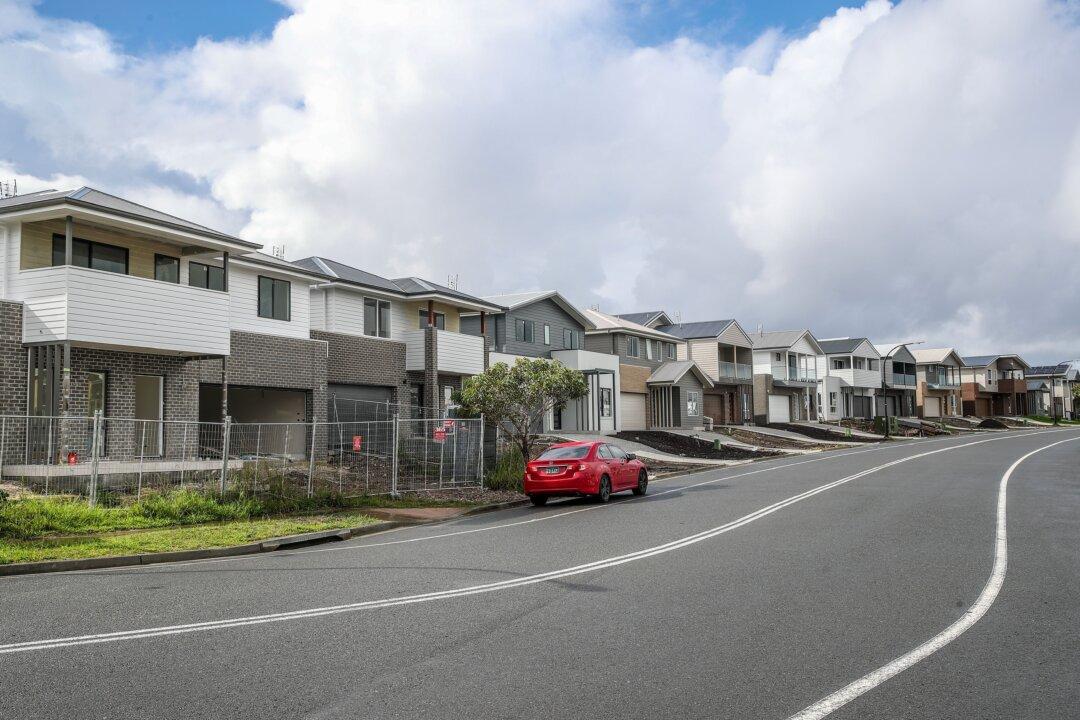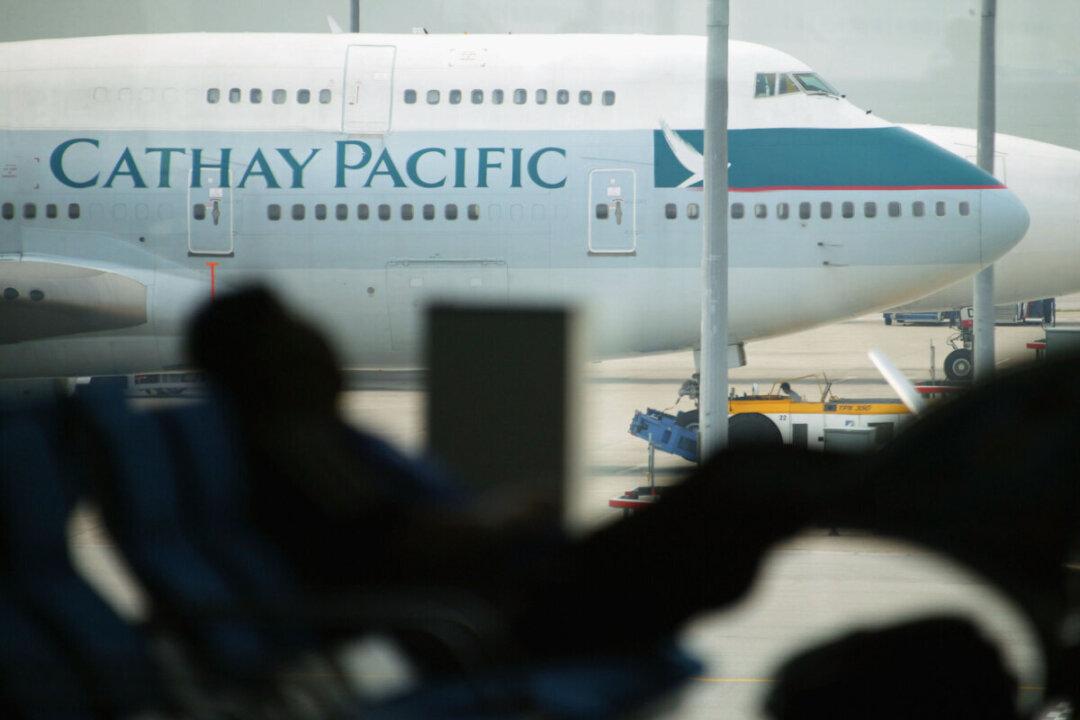The Australian Labor government is pushing the development of new gas fields to underpin its race to net zero by 2050.
The new Future Gas Strategy will support the economy’s clean energy transition and ensure energy affordability and security. It also aims to promote the country’s trade and investment credentials to attract investors.




